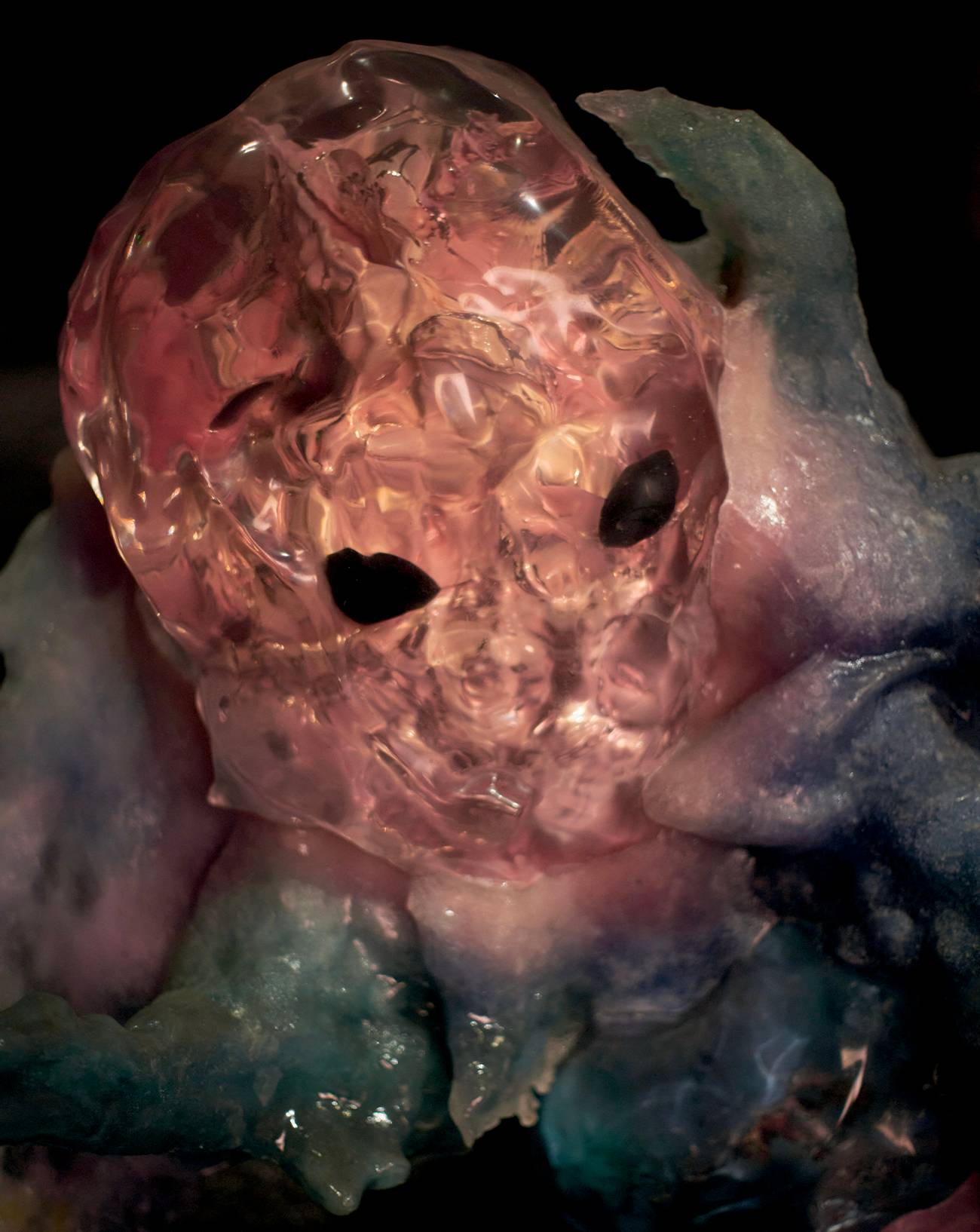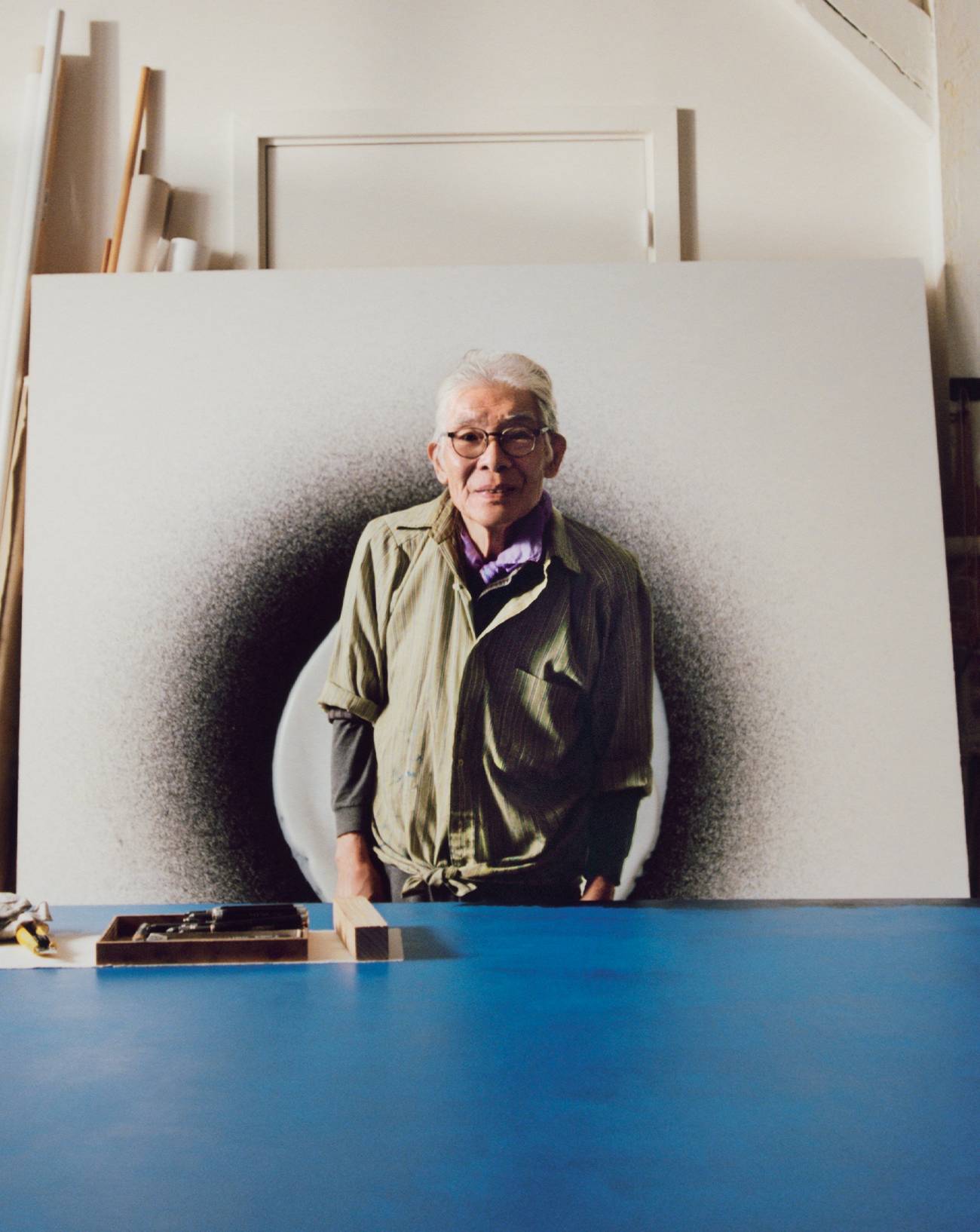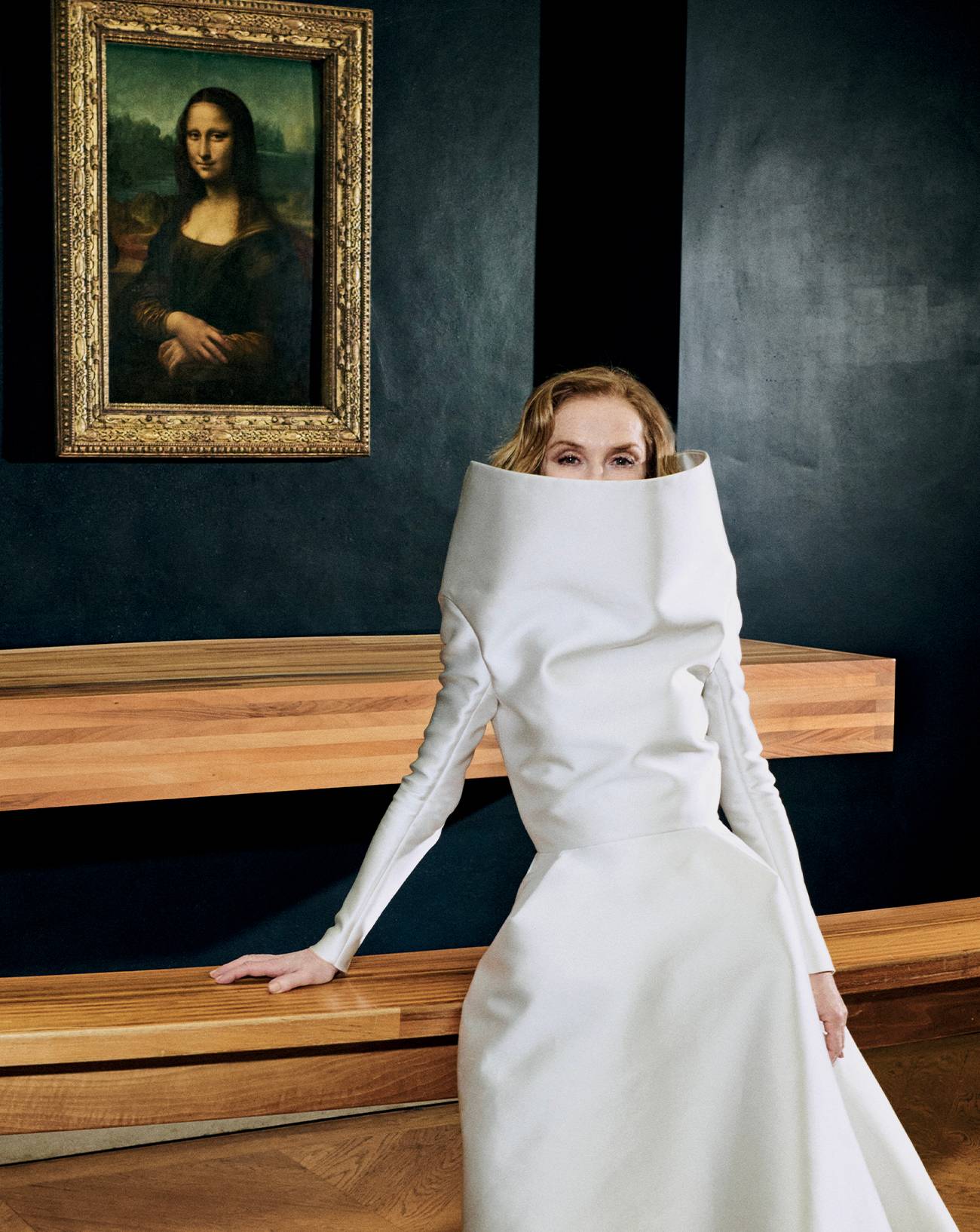

“For 20 years I made sure no exhibition of my work could be held,” he explained. “Then, as I got older, I thought it would be more fun to see one alive than dead.” And fun he certainly had, defying museum conventions by putting on a virtual display that included none of the usual exhibits – no pedestals with objects, no models, no sketches, no display cases, just eleven white busts onto which his face was projected, arranged at regular intervals along a curtain of undulating velvet and surmounted by flat screens showing montages of the creations that had made him famous.
Accompanying them was the voice of Starck himself, commenting on the chairs, lemon squeezers, luxury hotels and toothbrushes in a gentle yet electrifying cacophony that included music specially written by Laurie Anderson. A Starck-clown welcomed visitors with the words, “Come in, come in, there’s nothing to see, there’s everything to learn! Come listen to the pretentious fat man talking about everything he’s done!” The show, which provoked reams of commentary and indignation, was a brilliant questioning of museological codes. As Starck himself put it, “I adopted a guerrilla strategy ... Starck was put on show, torn to pieces, ridiculed and trampled so that people would wake up and reconstruct themselves!”








